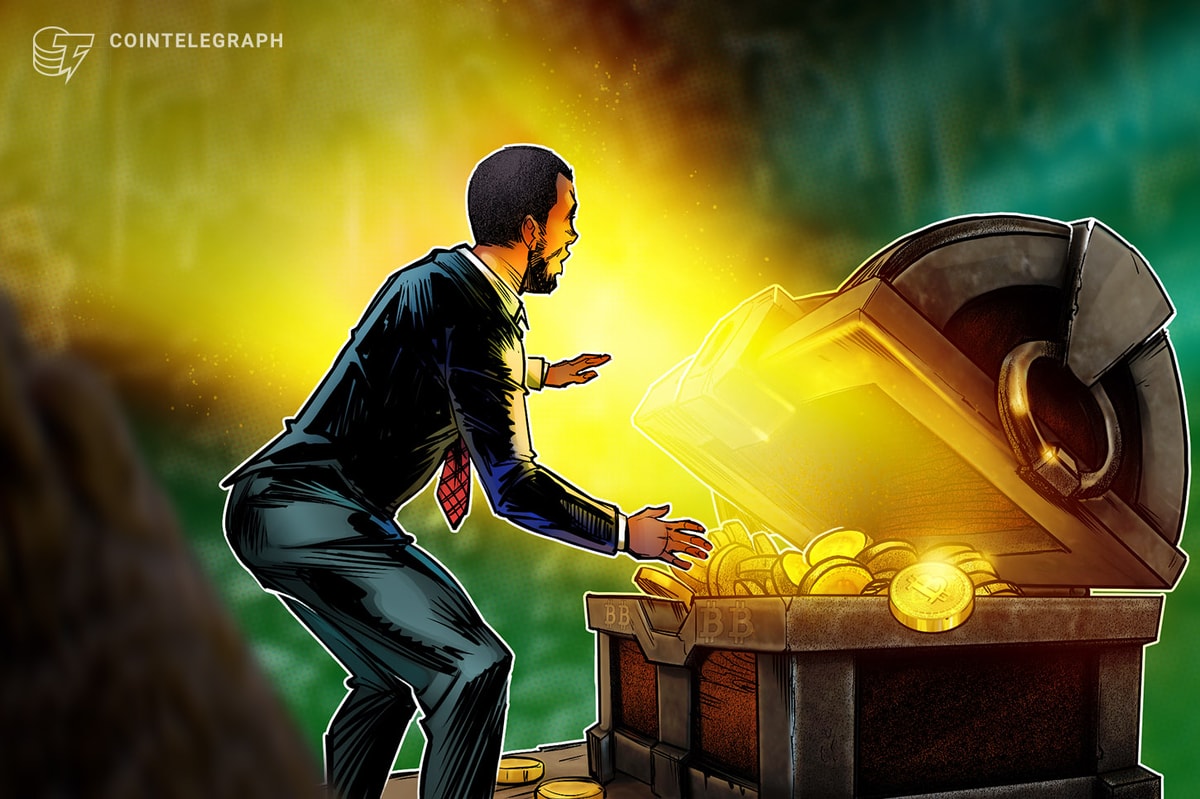Alternative Assets Are No Longer Alternative
Opinion by: Sam Mudie, CEO of Savea
Alternative assets were once solely the domain of the elite.
For centuries, fine wine, high art and luxury watches were only accessible to the most exclusive circles of society.
Now, everything has changed. Blockchain technology has digitized these alternative assets for the first time, enabling fractional ownership and 24/7 access.
The result? The line between what was once considered “alternative” and “mainstream” is quickly disappearing.
Luxury assets are traditionally inaccessible
Gaining access to the passion class of assets has always been deeply tied to “who you know,” making them out of reach for most investors. Additionally, there is an asymmetry in benefit based on how much is invested, with those investing a smaller amount often seeing poorer performance than those who can invest large sums.
Traditionally, completing an investment in alternative assets can take from four to five weeks to six months to sell and realize funds (plus a week or two to “be on the payment run” for accounts).
Since luxury asset classes have so many barriers to entry, innovators are viewing them as a landscape for new opportunities, which is why we’re seeing more fintech firms working to put these assets onchain. Blockchain uniquely can unlock global access and verifiable provenance, making this technology well-suited for democratizing access to different assets.
As a result, the real-world asset (RWA) market has grown 380% in three years and reached approximately $24 billion by mid-2025 alone. On top of that, Millennial and Gen Z investors allocate three times more of their investment portfolios to alternative assets than older generations. And new platforms are making it possible to tokenize fine wine, while others are opening up access to investing in art and real estate.
Tokenization means more freedom for all types of investments
Tokenization not only allows investors to trade anything, anywhere and anytime in just seconds, but it also makes it possible to do this in a way that’s regulated, liquid, scalable and highly efficient. Through moving assets onchain, tokenization also eliminates the asymmetry in returns that has traditionally plagued investors buying and selling luxury assets.
Whether someone is investing $500 in a high-end cask of whiskey or $1 million in a piece by Damien Hirst, the trade executes under the same transparent, standardized rules, minus the intermediaries that slow down the process while simultaneously inflating costs.
Legacy passion asset investing systems also tend to be extremely slow and opaque and require a long process that includes operational departments, paper trails and up to many months of settlement time. On the other hand, blockchain-based systems cut through the noise with programmable smart contracts, significantly reducing operational overhead while making instant settlements possible.
Related: Scaramucci to tokenize $300M in assets, nearly doubling Avalanche’s RWA base
Since the blockchain records every transaction in a wholly immutable way, it creates a 24/7 ledger that is transparent and reliable. This high degree of provenance and auditability reduces fraud risk while also making the process of trading as easy as buying or selling any stock on the Nasdaq today.
On the other hand, while the digitization of alternative assets has democratized their accessibility, investors still run into barriers. Today, there is growing frustration surrounding the systems in place for trading these assets, which are not as seamless as buying and selling traditional stocks.
As the tokenization of everything shapes the future of our financial markets, new platforms can create user experiences that make it easy to trade luxury assets. And, if they succeed, they’re set to accrue massive upside. That’s because the next generation of investing is about access to every asset, everywhere, by everyone.
The democratization of tokenization is coming
The next phase for alternative assets is democratizing them on a global scale, something that will be made possible through tokenization’s ability to enable faster liquidity and lower minimums.
Tokenized art is estimated to hit $11.3 billion in 2025 and projected to grow to $48.6 billion by 2033. Similarly, Deloitte projects the tokenization of real estate assets to grow from under $300 billion in 2024 to $4 trillion by 2035.
As more high-value markets move onchain, it’s clear that the platforms that treat tokenized assets as second-class will lose ground, while the ones that prioritize tokenization of alternative assets and support their users through instant net asset value updates, transparent custodianship and intuitive user experiences will come out as the winners of the new era of finance.
The line between alternative and traditional assets is quickly fading. As more RWAs migrate onchain, more investors will continue to demand the same speed, efficiency and standards they can access when trading public equities.
The future of investing is so much more than just digital: It’s democratized, decentralized and designed for everyone.
Opinion by: Sam Mudie, CEO of Savea.
This article is for general information purposes and is not intended to be and should not be taken as legal or investment advice. The views, thoughts, and opinions expressed here are the author’s alone and do not necessarily reflect or represent the views and opinions of Cointelegraph.


